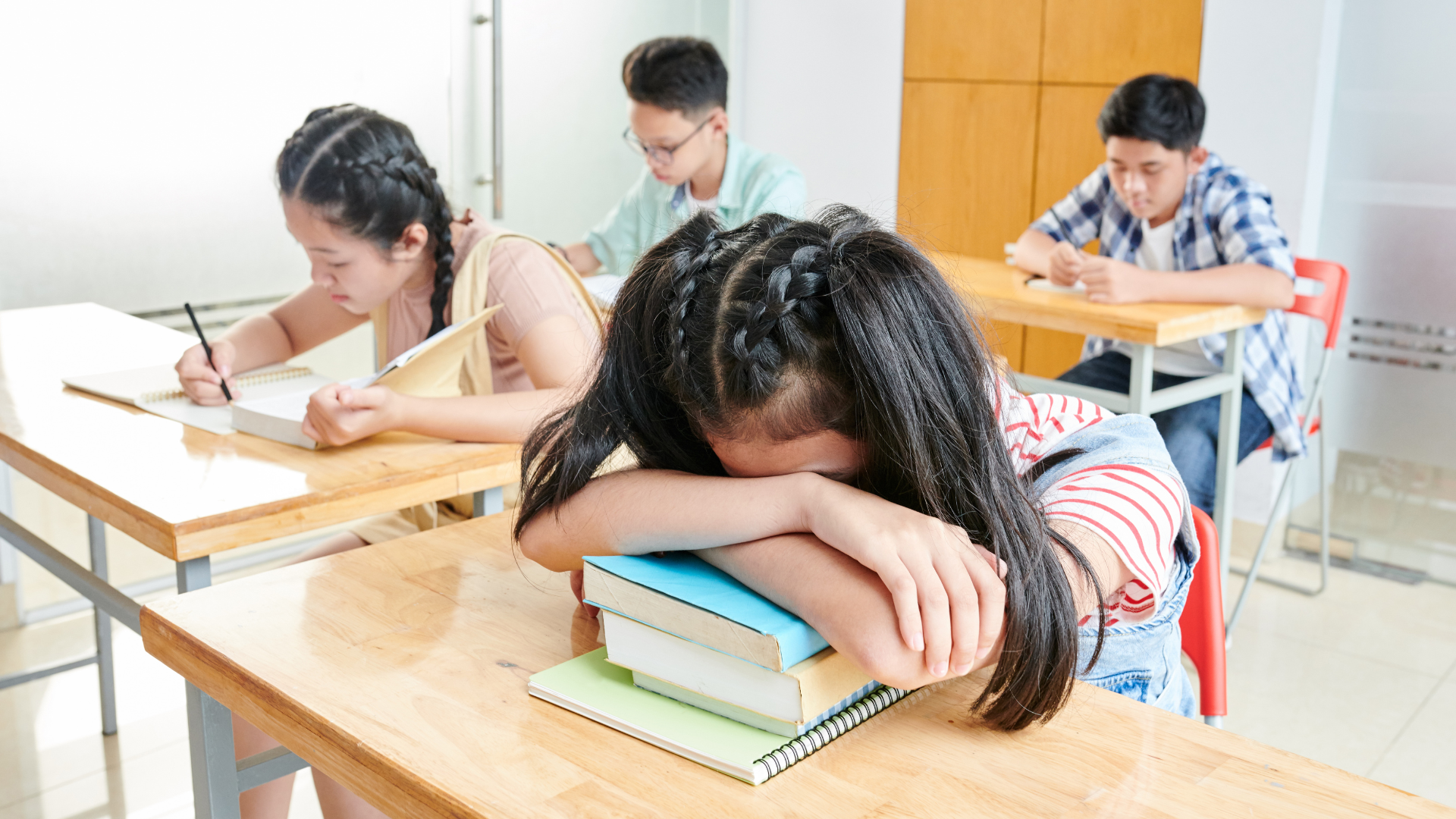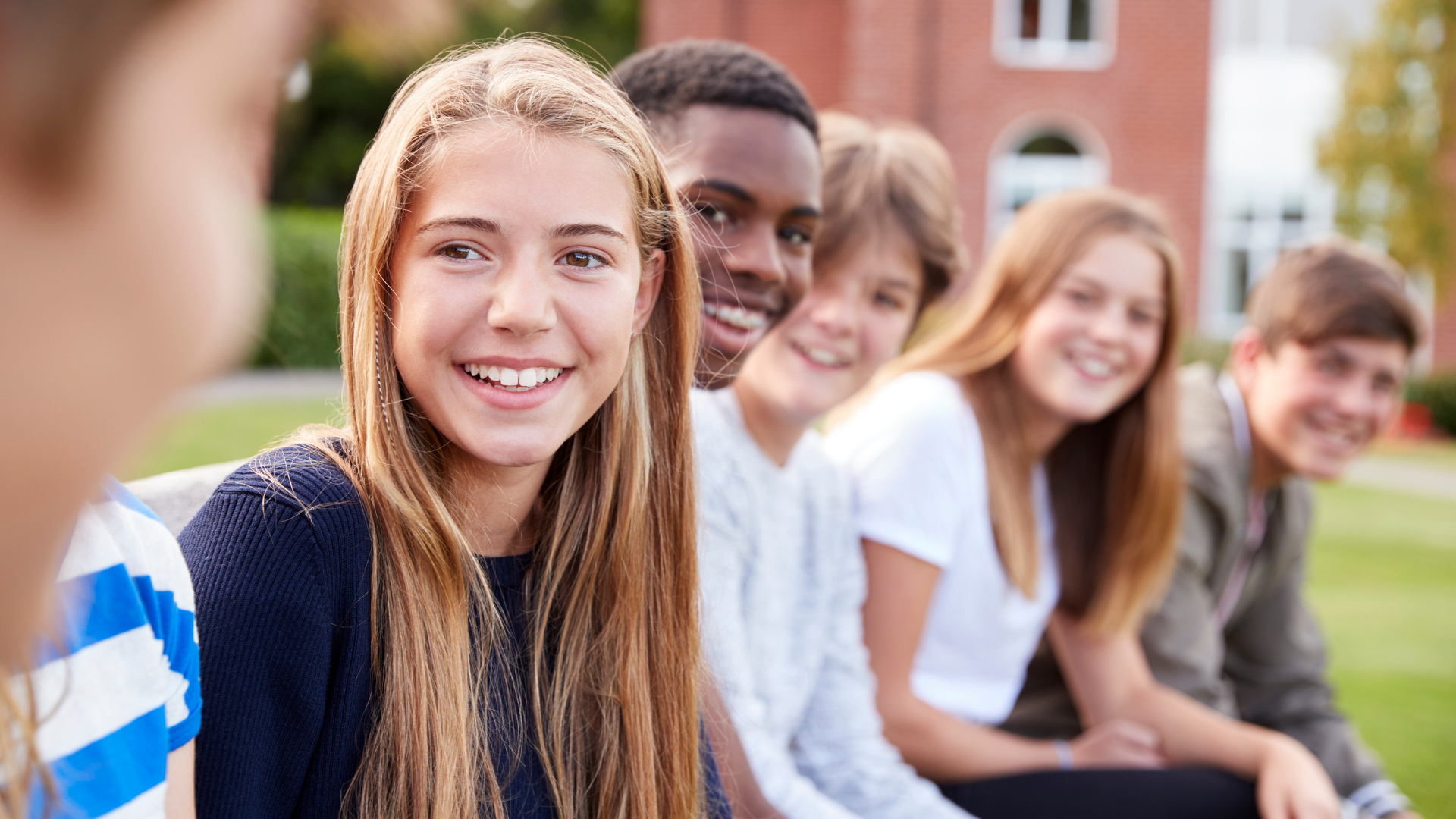Why Schools Want Restorative Justice
Restorative justice has taken off in K-12 education. Read on to learn what it is and the benefits of a restorative approach.
The movement to introduce principles of restorative justice into K-12 school discipline policy continues to pick up steam.
In recent years, we’ve watched school administrators and leaders follow suit with their peers who have adapted the model — peers who have seen substantial drops in suspensions and impressive reductions in repeat offenses by troubled youths.
The primary notion of restorative justice is simple: where there has been an incident of injustice, instead of making amends to the school, the offender and the victim are both involved with the aim of repairing the actual harm that was done.
What is Restorative Justice?
Restorative justice is a field-tested practice that helps address youth delinquency in the areas of social work and criminal justice. In recent years, the principles of restorative justice have also taken off in K-12 education.
Just as the social work and criminal justice fields have seen positive results with restorative justice, schools adapting the model to fit their discipline programs have seen outstanding results as well.
What Are Restorative Practices?
Restorative practices require a mindset shift, one centered around relationship management in schools. And of note, restorative practices are not meant to replace evidence-based programs like Positive Behavior Interventions and Supports (PBIS) or replace your social-emotional learning models.
Rather, restorative practices complement PBIS initiatives.
They work best when implemented school-wide and built into the fabric of your school’s community.
With everyone on board with a restorative approach, addressing behavioral issues and responding to them becomes easier — because the necessary caring, positive culture is already in place across the school.
In this way, restorative practices and PBIS work together to create an environment where the entire school community thrives.

Implementing Restorative Justice in K-12 Schools
Restorative justice encourages students to resolve conflicts on their own and in small peer groups. In these groups, students come together to speak freely and ask questions.
This concept, while deceptively simple, can be challenging to implement.
- That’s because it requires policymakers to reassess how they think about discipline.
- Some see it as a practice that’s soft on crime.
- Lower recidivism rates
- Lower suspension rates
- Lower expulsion rates
- Higher rates of victim satisfaction
- Increased feelings of happiness and safety among victims
Judging from the results we’ve seen so far as schools have implemented restorative justice practices, the evidence suggests that restorative justice is an extremely effective avenue of intervention that improves outcomes for offenders and for victims.
With a system that brings visibility to disciplinary issues and helps track intervention processes, restorative justice is an extremely powerful tool.
Restorative justice interventions align with Hero in the sense that early, effective interventions can put the brakes on a sequence of behavioral problems that ends in suspension, lost instruction time, and lower graduation rates.
One article on this topic that caught our attention was from Kristine Thompson. In East High School: Embracing a Restorative Approach, Thompson writes about how East High School in Rochester, New York, found success with restorative justice.
One example Thompson shares is how a restorative approach helped two students when one girl thought another had a problem with her:
That girl went to a teacher who said the two of them needed to talk. “The teacher got us together, the girl told me what was on her mind, we worked it all out, and the teacher didn’t even have to say anything,” she says. That’s the kind of safe space East High encourages, where students can engage in productive interactions.
Implementing a restorative approach to student discipline in your classrooms or across your district takes planning. It can’t be done overnight.
But with a restorative approach in place, your students, staff, and teachers will all reap the benefits and enjoy a positive, productive school experience.
And as mentioned earlier, restorative practices can — and often do — coexist with PBIS initiatives. SchoolMint Hero was created with the principles of PBIS in mind, and as such, it easily supports PBIS in your school.
Share this
You May Also Like
These Related Stories

How Much Are School Suspensions Costing Us?

What Student Behavior Patterns Can Tell Us



